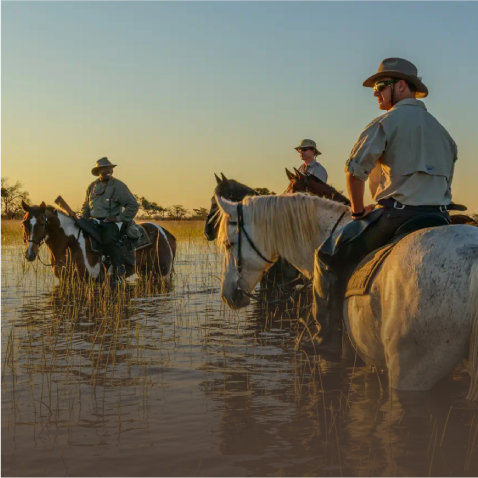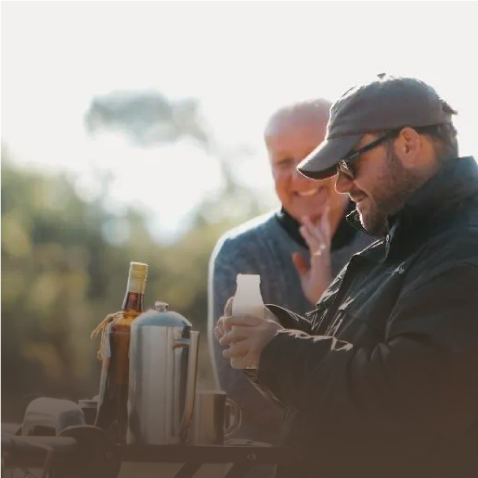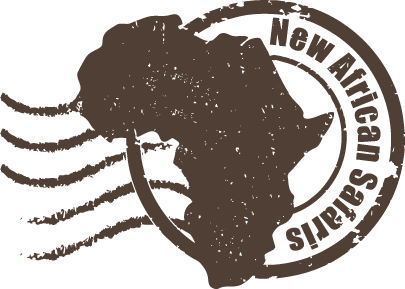Botswana Safaris and Tours, Your Way
Are you hungry for adventure? Or does the idea of sundowners while watching a blazing sunset in a remote and pristine corner of Southern Africa appeal to you?
Either way, a trip to Botswana can’t fail to captivate and satisfy you. A private Botswana safari tour can offer both action-packed, rough-and-ready, and romantic, luxury African safari experiences across a variety of landscapes.
With almost 40% of Botswana reserved for national parks and eco-tourism, you’ll have a lot of choices when planning your private, tailor-made Botswana safari trip.
OUR TOP 4 REASONS TO VISIT BOTSWANA
From the water, watch crocodiles lurk, elephants swim and dunk each other playfully, and big cats come to drink.
Visiting three different areas would give you three completely different experiences.
Many have spent most of their lives tracking Botswana’s abundant wildlife, with many families passing it down the generations.
Sharp-eyed trackers look out for signs leading to rare sightings, while guides educate and entertain guests.
In Botswana, you will find a lot more! Enjoy the action of boat and mokoro canoe, helicopter, horse-back and even mountain bike safaris.
Meet bushman tribes, learn their traditions and even play their games.
You can even quad bike across the site of an ancient lake the size of Switzerland.
Where you choose to go while on tour in Botswana will depend on a lot of things, like:

The season or month of the year

Vacation
length

If it’s your 1st, 2nd or 3rd trip to Botswana

If you want to bring (or avoid) children

If you want to be active or just relax

What other African countries you want to include
A skilled African safari travel agent can help you plan based on these factors.
It wasn’t easy to choose our favourite places to visit in Botswana. The list above covers our list of the
five top destinations for first-time visitors, including national parks and main areas of interest.
These aren’t the only areas in Botswana we recommend visiting though! If you want advice on visiting other places to go
in Botswana, such as (but not limited to!) the Savuti Channel, Linyanti Marsh or Mashatu areas, or on how to combine a trip
to Botswana with other countries in Southern Africa, get in touch!
21 things to do in botswana
A safari itinerary isn’t made up of lodges and transfers alone! We’re guessing you didn’t fly all the way to Botswana just to sit around the pool sipping an icy drink, as blissful as that might sound.
Botswana is famous for its thriving wildlife and beautiful landscapes. The vast Kalahari Desert and the Okavango Delta, a UNESCO World Heritage site and one of the largest inland deltas in the world, are teeming with wildlife and are considered a paradise for birdwatchers. It is one of the world’s top safari destinations with national parks like Chobe and Moremi providing exceptional game viewing opportunities.
Take a look at this list of activities below and let us know if you’d like to include these when planning your Botswana safari.
Our list is in no particular order. If you book with New African Safaris, we will handle it all for you and wrap it up into one all-inclusive price.





















